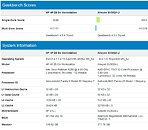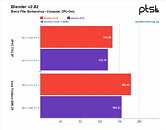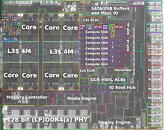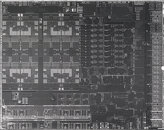"Roman Triumph: Survival City Builder" Available Now in Early Access
Defend Your Empire! And help us shape what comes next! It's finally happening: Roman Triumph is out in Early Access! Five years of solo dev, a mountain of coffee, endless playtests, and a ridiculous number of spreadsheets… and now we're here. Huge thanks to everyone who played the demo, sent feedback, or just cheered us on—you helped shape this game more than you know! To celebrate its launch, the game is available for $24.99 with a 25% discount. That discount won't last forever, and the price will go up once we reach 1.0, so if you've been thinking about it, now's a great time to dive in.
Roman Triumph is a survival city-builder / colony-sim set in Roman times where you must lead your people, build a city from the ground up and fortify it with walls, ballistae, archer towers and other Roman defenses to survive against the hordes of Barbarians, ferocious Hydra, Minotaur, Cerberus, and other mythological beasts. In order for your city to thrive, you must keep your citizens fed, safe, healthy, and happy. Strategically designing your city in this randomly generated world will improve your empire's chances of attracting new citizens, increase your resource and food production efficiency, please your gods, and maximize safety during attacks.
Roman Triumph is a survival city-builder / colony-sim set in Roman times where you must lead your people, build a city from the ground up and fortify it with walls, ballistae, archer towers and other Roman defenses to survive against the hordes of Barbarians, ferocious Hydra, Minotaur, Cerberus, and other mythological beasts. In order for your city to thrive, you must keep your citizens fed, safe, healthy, and happy. Strategically designing your city in this randomly generated world will improve your empire's chances of attracting new citizens, increase your resource and food production efficiency, please your gods, and maximize safety during attacks.
































































